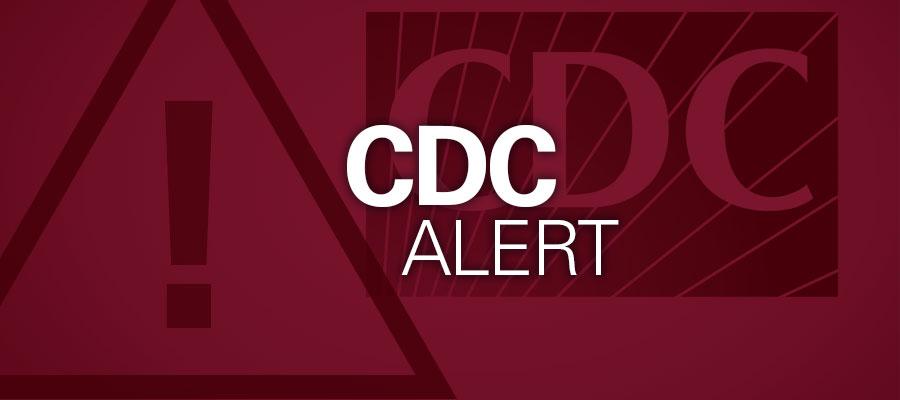CDC warns of carbon monoxide poisoning in hurricane-affected areas

Clinicians who may see patients from areas affected by Hurricane Laura should maintain a high level of suspicion for carbon monoxide poisoning, the Centers for Disease Control and Prevention said yesterday in new guidance.
CDC said that many who lost electricity will rely on gasoline or charcoal for power and cooking, the improper placement of which in confined areas can lead to carbon monoxide build up.
While carbon monoxide poisoning symptoms vary, CDC said tension headaches are the most common sign, with dizziness, flu-like symptoms, fever, drowsiness, chest pain and altered mental status also reported. Clinician recommendations include: administering 100% oxygen until patients are symptom-free or until a diagnosis of carbon monoxide poisoning has been ruled out; performing COHgb testing; and being aware that others in patients’ environment should also be evaluated.

